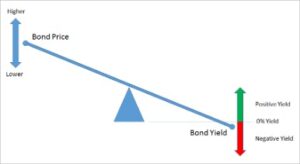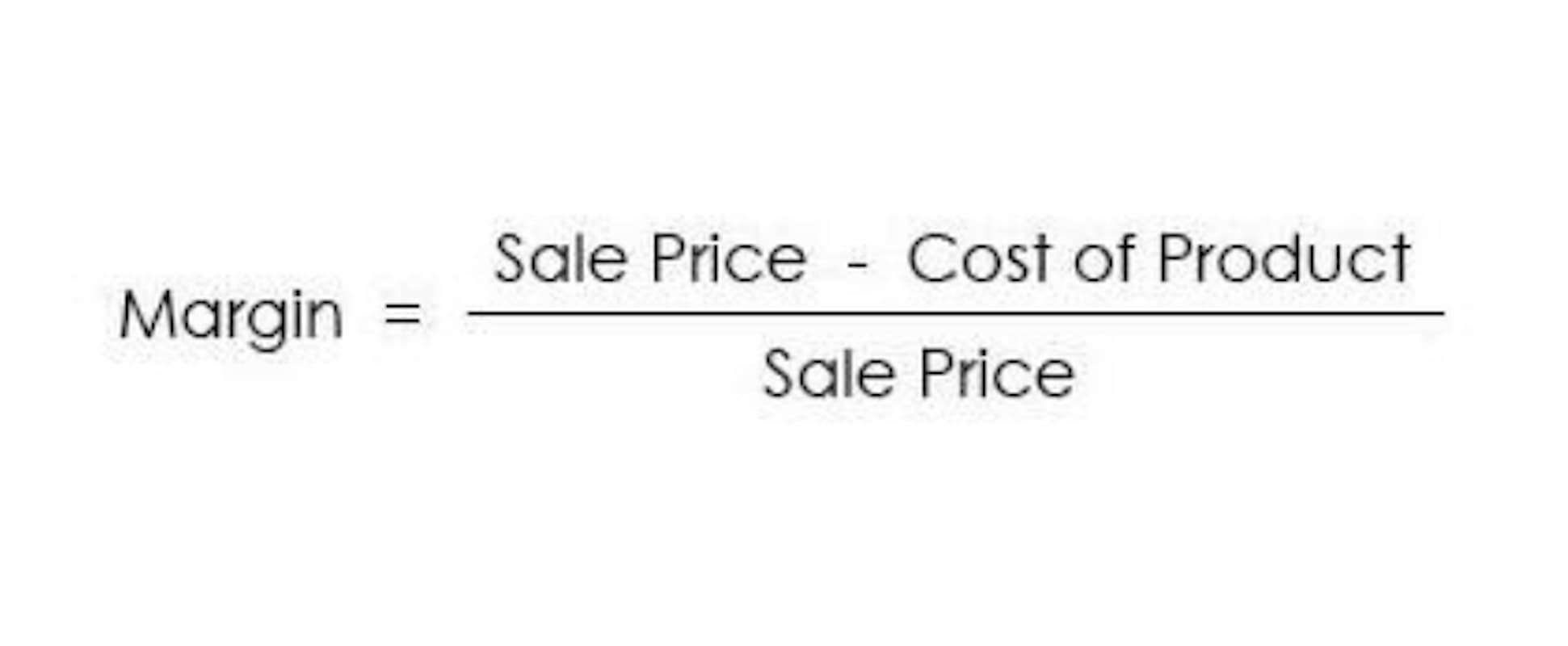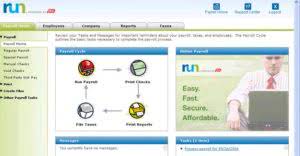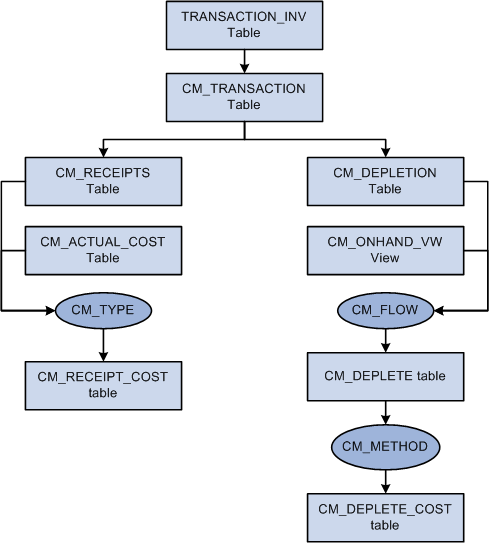This income is not your Adjusted Gross Income (AGI) but rather your gross income adjusted for specific pre-tax deductions relevant to FICA taxes. Eight states are without an income tax, and one has no wage income tax. When you get a new job, your employer should have you fill out a W-4 form. You’ll want to fill out this form accurately so that your tax withholding estimate is as close to your actual tax liability as possible. Your FICA taxes represent your contribution to Social Security and Medicare programs. Everyone pays a flat, 7.65% rate on the first $147,000 they earn in 2022 (rising to 160,200 in 2023).
You can also fine-tune your tax withholding by requesting a certain dollar amount of additional withholding from each paycheck on your W-4. Tax withholding is the money that comes out of your paycheck in order to pay taxes, with the biggest one being income taxes. The federal government collects your income tax payments free accounting courses gradually throughout the year by taking directly from each of your paychecks. It’s your employer’s responsibility to withhold this money based on the information you provide in your Form W-4.
Paycheck Calculator
The most common pre-tax contributions are for retirement accounts such as a 401(k) or 403(b). So if you elect to save 10% of your income in your company’s 401(k) plan, 10% of your pay will bigger, better college tax credit come out of each paycheck. If you increase your contributions, your paychecks will get smaller.
Depending on how often you’re paid and where your payday lands in the month, these numbers might change slightly from paycheck to paycheck. You’ll want to make sure your gross income lines up with the wages or salary you were promised. All the numbers we’re discussing in this article should be listed on your paycheck stub. If you’re an hourly wage earner, your weekly gross income is the number of hours you work in a week multiplied by your hourly rate. If you’re working at the federal minimum wage of $7.25 and you work 40 hours in a week, your weekly gross income is $290.
Like federal tax liability, there are a few substeps to work out your state tax liability. Your marital status and whether you have any dependents will determine your filing status. Exemptions have been eliminated from Federal income tax since the Tax Cuts and Jobs Act (TCJA) was implemented in 2018. However, some states still have exemptions in their income tax calculation. Many, or all, of the products featured on this page are from our advertising partners who compensate us when you take certain actions on our website or click to take an action on their website. Here is a list of our partners and here’s how we make money.
What You Need To Calculate Your Take-Home Pay
However, making pre-tax contributions will also decrease the amount of your pay that is subject to income tax. The money also grows tax-free so that you only pay income tax when you withdraw it, at which point it has (hopefully) grown substantially. Again, remember also to subtract any other relevant deductions.
What Is the Minimum Wage in the US?
So any income you earn above that cap doesn’t have Social Security taxes withheld from it. In addition to income tax withholding, the other main federal component of your paycheck withholding is for FICA taxes. Your FICA taxes are your contribution to the Social Security and Medicare programs that you’ll have access to when you’re a senior.
- In this guide, we’ll explain everything you need to know to understand the differences between gross pay and net pay, calculate each and answer any questions your employees have about their paychecks.
- For example, if you are single and have a child, you should file as ‘Head of Household’.Suppose you are married but prefer to file separately from your partner (highly inadvisable).
- If they’re paid a salary of $60,000 and paid twice per month, their gross pay per pay period should be $2,500 ($60,000 divided into 24 pay periods).
- If you’re an hourly wage earner, your weekly gross income is the number of hours you work in a week multiplied by your hourly rate.
Depending on whether they are pre-tax or after-tax deductions, you can deduct them from your salary before or after calculating income tax due. For example, a 401(k) retirement plan is pre-tax, so if you contribute 6% of your salary, take that amount from your gross salary before calculating your taxes. Several taxes apply to your gross pay, including federal, state, and local income taxes. For example, an employee earning an annual salary of $50,000 which is paid every two weeks will have gross pay of $1,923.08 ($50,000/26 pay periods) per paycheck. We are biased and we think we have the best paycheck calculator 😀 Our calculator is always kept up-to-date with the latest tax rates. It works for salary and hourly jobs, as well as self-employed people.
We and our partners process data to provide:
If you recently started a job, you might notice that your paychecks are less than the wage you were offered when hired. That’s a normal part of working life, and it reflects the taxes you pay to the federal, state, and local government. Estimating your tax burden can help you more accurately anticipate paychecks. Gross pay is the amount an employee earns before all deductions, including taxes, benefits, wage attachments and any other payroll deductions. Of course, if you opt for more withholding and a bigger refund, you’re effectively giving the government a loan of the extra money that’s withheld from each paycheck.
At the same time, states have an advanced tax system or a flat tax rate on all income. If you live in a state with a personal income tax, you will need to find your state tax bracket to determine how much will be deducted from your take-home pay. Each state has its own set of brackets, which should be available on the state government website where you live. The Tax Foundation lists state individual income tax rates and brackets on its website. When you start a new job, you’re required to complete an IRS Form W-4, which is used to determine how much federal income tax and other deductions will be withheld each time you get paid.
There is also an option to spread your pay out over 12 months. Unlike W-2 employers, your clients won’t withhold taxes for you throughout the year. When you hire your first employee—or pay yourself from your business—you become responsible for payroll.
W-2 employees split this bill with their employers, but freelancers are on the hook for the entire thing. The good news is that you can generally deduct half of it later on, when you file your annual return. Depending on where you live, you may also need to pay a local tax. You can usually find this information on your city’s government website. If you’re self-employed your FICA rates are doubled, since you’re paying on behalf of both the employee (you) and the employer (also you).












